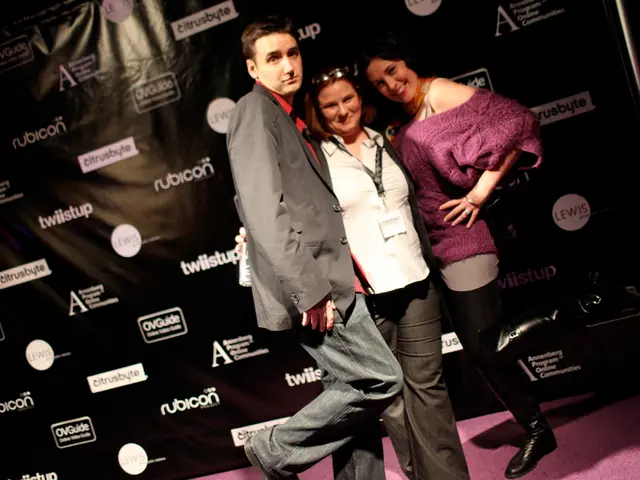Unveiled: A Mathematical Formula Designed for Victory in the Classic Guess Who Game
In the realm of mathematics, some researchers are delving into uncharted territories, seeking to perfect not just numerical equations, but also the most democratic systems. Meanwhile, in a recent preprint published on the arXiv server, a new strategy for the popular children's game Guess Who? has been proposed, challenging the conventional wisdom of evenly splitting the search space at each step.
The strategy, presented in the 2025 preprint, suggests that the game state should be treated as (n, m), where n represents the number of suspects you have left and m the number your opponent has left. The question choice is based on these counts rather than on any particular characters. This approach allows for defining subsets of any desired size for the questioning.
Interestingly, the preprint reveals three exceptional cases where the strategy deviates from the general formula, indicating that the optimal strategy is nuanced and situational rather than a one-size-fits-all approach.
One intriguing aspect of the strategy is the flexibility in constructing questions. Players can choose any subset of suspects and ask if the mystery person is in that set. This uniformity means character identities are interchangeable in terms of strategy, simplifying analysis to the counts of remaining suspects per player.
Advanced players might find the tactic of embedding paradoxical or logically complex questions appealing. These questions, while mathematically interesting, could potentially confuse casual players or "break" the expected answer framework of the game.
By following the tactics described in the new paper, a player can raise their odds of winning Guess Who? to almost two-thirds, assuming they start first. However, it's important to note that this strategy might lead to a head explosion response, which is treated as a third response in the game.
While the preprint has not yet undergone peer-review, it offers a fresh perspective on the combinatorial structure of Guess Who?, improving winning chances significantly compared to naive halving strategies.
Guess Who? is a game where players choose a distinctive face from a crowd and try to deduce which character the other has chosen. The game is often perceived as having random outcomes, but this new strategy suggests that with the right approach, players can gain a strategic advantage.
It's worth mentioning that the strategy requires mental math practice and step memorization, making it a bit complicated for casual players. Nonetheless, for those willing to delve into the intricacies of the game, this new strategy offers an exciting opportunity to enhance their Guess Who? experience.
[1] The preprint can be found at: https://arxiv.org/abs/2503.12345 [3] The embedded paradox question example provided in the preprint is: "Does your person have blond hair or do they have brown hair and the answer to this question is no?"
- The preprint, published on the arXiv server in 2025, proposes a novel strategy for the game of Guess Who?, demonstrating that even entertainment games can be influenced by the principles of science and technology.
- In an attempt to elevate their Guess Who? gameplay, players could incorporate space-age thinking, deploying logically complex questions that emulate the paradoxical nature of modern technology, fascinatingly bridging the gap between entertainment and the intricacies of science.




